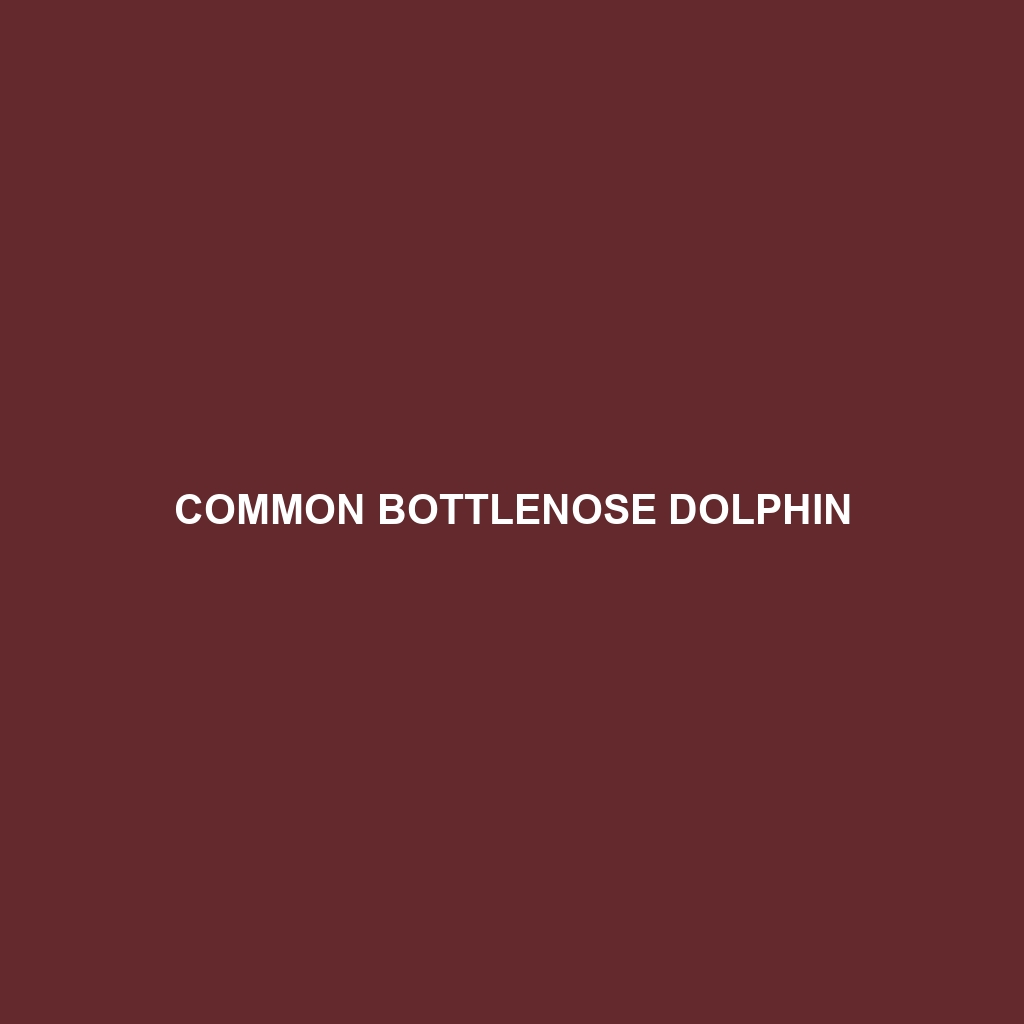Indo-Pacific Bottlenose Dolphin
Common Name: Indo-Pacific Bottlenose Dolphin
Scientific Name: Tursiops aduncus
Habitat
The Indo-Pacific Bottlenose Dolphin primarily inhabits shallow coastal waters, including bays, estuaries, and coral reefs. This species is predominantly found in tropical and subtropical regions, including the Indian and Pacific Oceans, especially near countries such as Australia, Japan, and various island nations in the Pacific.
Physical Characteristics
Indo-Pacific Bottlenose Dolphins are medium-sized cetaceans, reaching lengths of up to 2.6 to 3.9 meters (8.5 to 12.8 feet) and weighing between 150 to 230 kilograms (330 to 510 pounds). They have a distinctive bottle-shaped snout and a robust, streamlined body. The coloration ranges from light gray to a darker shade on the dorsal side, often with lighter underbellies. Their characteristic features include noticeable dorsal fins that can be curved and a complex array of facial creases.
Behavior
This species is known for its high intelligence and playful nature. Indo-Pacific Bottlenose Dolphins often engage in social behaviors, such as leaping, surfing on waves, and riding the bow waves of boats. They are social animals found in groups, called pods, which usually consist of 10 to 30 individuals. Communication is vital in their communities, employing a mix of clicks, whistles, and body language.
Diet
Indo-Pacific Bottlenose Dolphins primarily feed on fish, squid, and crustaceans. Their diet often varies depending on availability, with common prey species including mullet, mackerel, and various types of cephalopods. Their hunting techniques can include cooperative strategies within pods to herd and capture prey, making them efficient hunters.
Reproduction
Breeding in Indo-Pacific Bottlenose Dolphins typically occurs year-round, with peaks in specific seasons depending on geographic location. The gestation period lasts about 12 months, resulting in the birth of a single calf, although twins have been reported infrequently. Maternal care is significant, with mothers nurturing and teaching their offspring until they are mature enough to fend for themselves, usually by the age of 3 to 6 years.
Conservation Status
The Indo-Pacific Bottlenose Dolphin is currently listed as ‘Least Concern’ by the International Union for Conservation of Nature (IUCN), but it faces threats from habitat loss, pollution, and entanglement in fishing gear. Certain populations may be considered vulnerable due to localized pressures, emphasizing the need for ongoing monitoring and conservation efforts.
Interesting Facts
One fascinating aspect of the Indo-Pacific Bottlenose Dolphin is its unique ability to use echolocation to locate and identify prey and navigate its environment. Additionally, these dolphins are known for their playful behaviors, which often include interacting with other marine animals and occasionally humans.
Role in Ecosystem
As apex predators, Indo-Pacific Bottlenose Dolphins play a crucial role in maintaining the health of marine ecosystems. By regulating fish populations, they help to maintain balance within their environment. Their interactions with other species, including prey dynamics and competition, underscore their importance in the oceanic food web.
